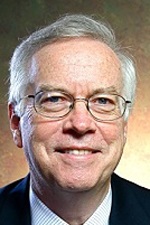CC12 Workshop 08 – Working with Couples in Step Families – William Doherty, PhD
- Average Rating:
- Not yet rated
- Topic Areas:
- Couples Therapy | Workshops | Family Therapy | Blended Families
- Categories:
- Couples Conference | Couples Conference 2012 | Pioneers in Couples and Family Therapy
- Faculty:
- William Doherty, PhD
- Duration:
- 1:58:12
- Format:
- Audio Only
- Original Program Date:
- Apr 28, 2012
- License:
- Never Expires.
Description
Description: Remarried couples are often poorly served by therapists who treat them without enough appreciation for the unique complexity and multiple loyalties of stepfamily life. This workshop will combine clinical assessment and treatment issues with a special focus on values issues, such as commitment and fairness that often dominate conflict in stepfamilies.
Educational Objectives:
- List the unique challenges of marriage in a stepfamily.
- Describe special treatment strategies for remarried couples in stepfamilies.
*Sessions may be edited for content and to preserve confidentiality*
Credits
Handouts
| Timestamped Transcript (1.3 MB) | 33 Pages | Available after Purchase |
Faculty

William Doherty, PhD Related Seminars and Products
William J. Doherty is an educator, researcher, therapist, speaker, author, consultant, and community organizer. He is Professor and Director of the Marriage and Family Therapy Program in the Department of Family Social Science, College of Education and Human Development, at the University of Minnesota, where he is also an adjunct Professor in the Department of Family Medicine and Community Health.


